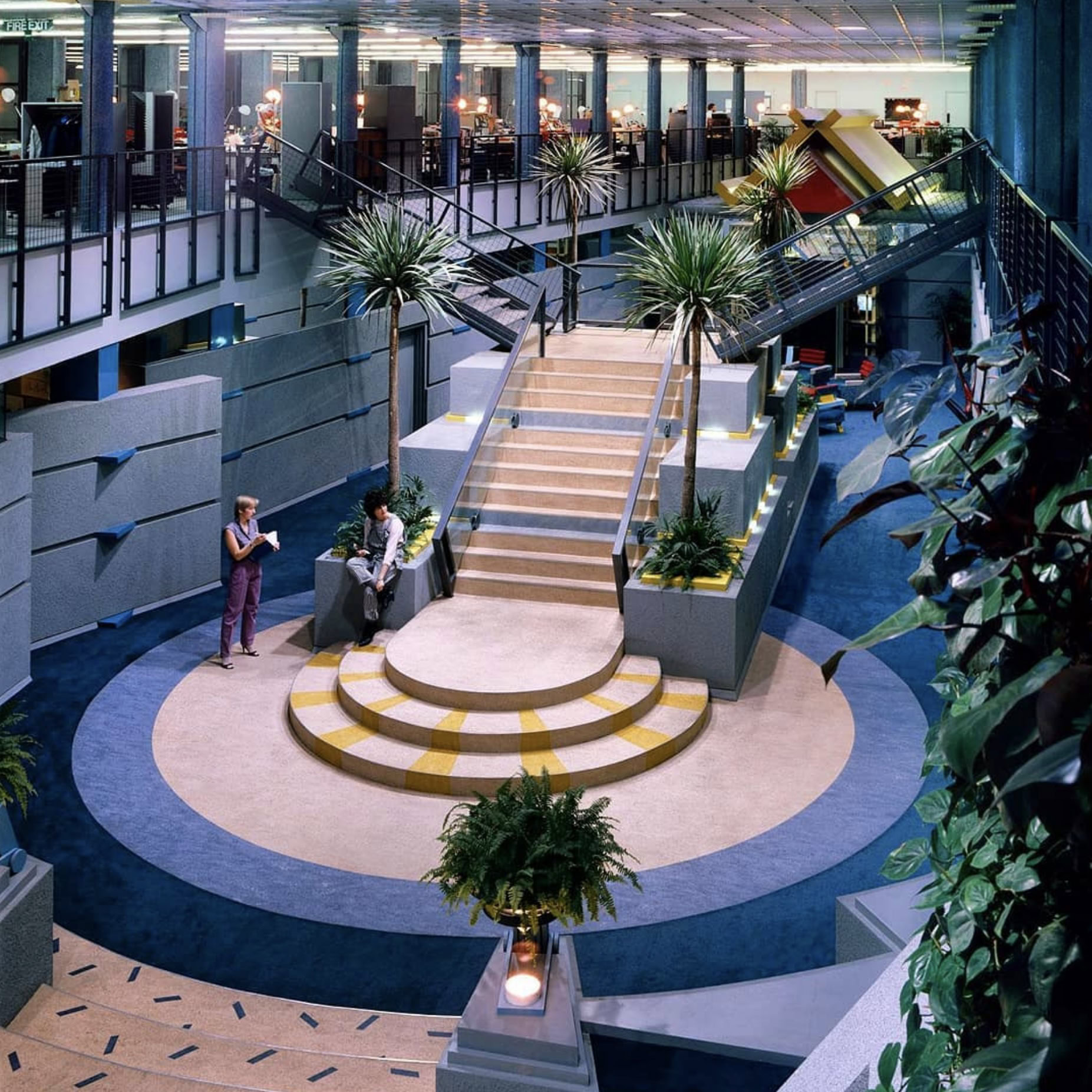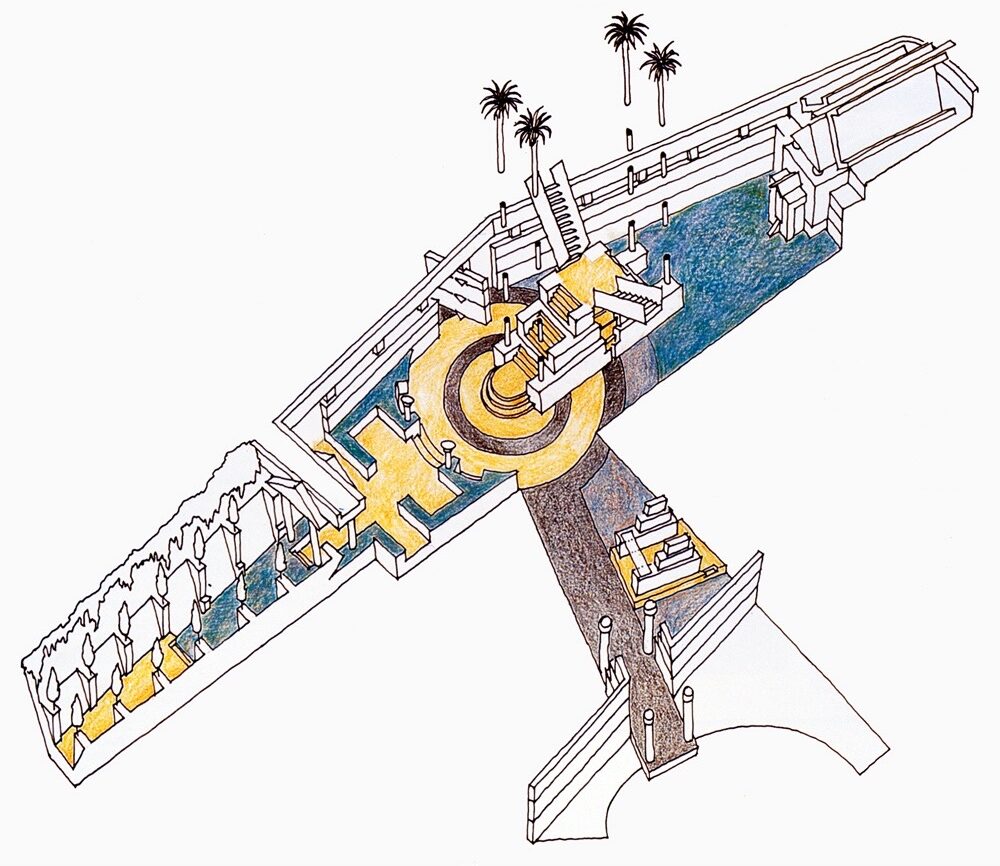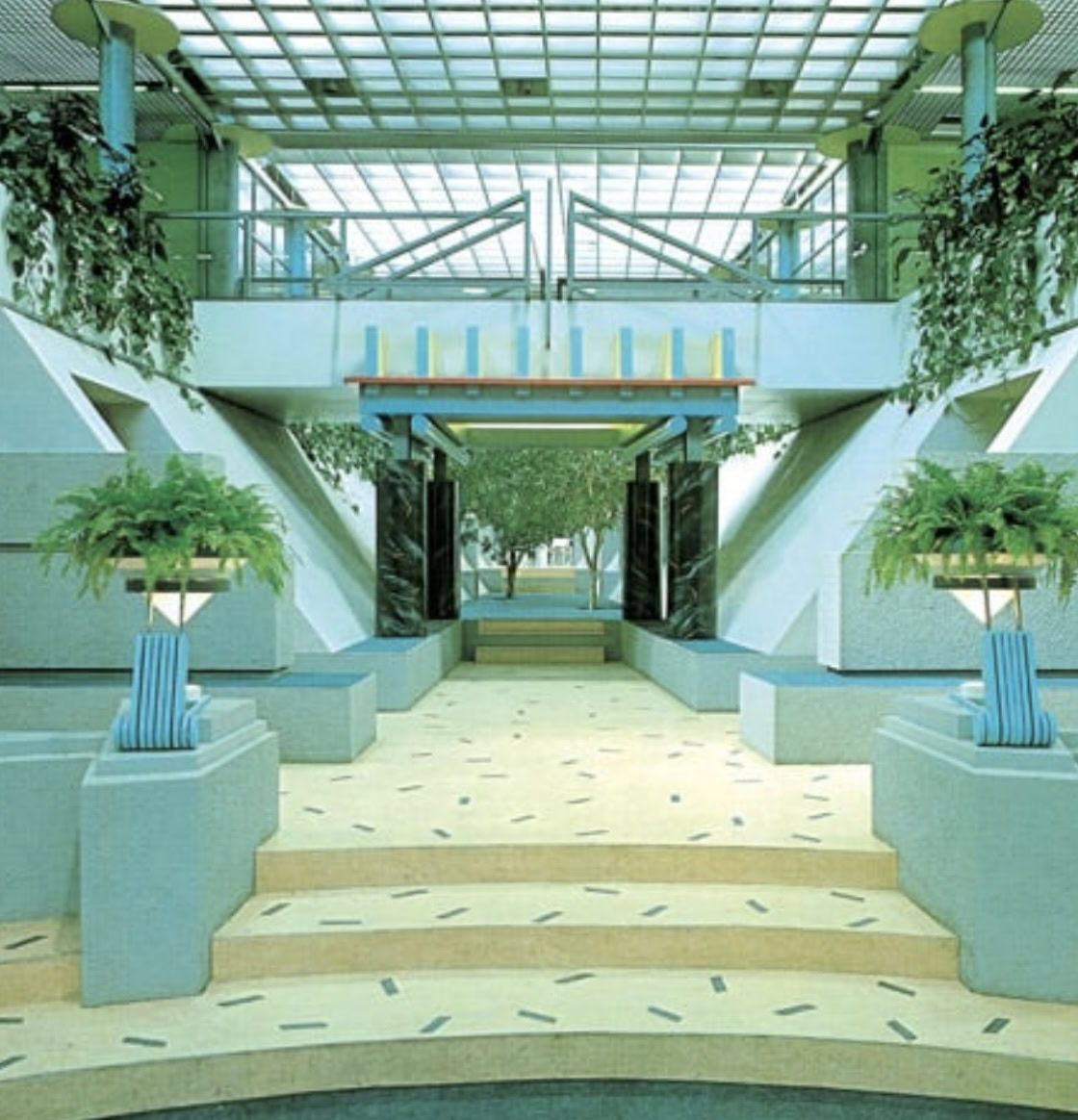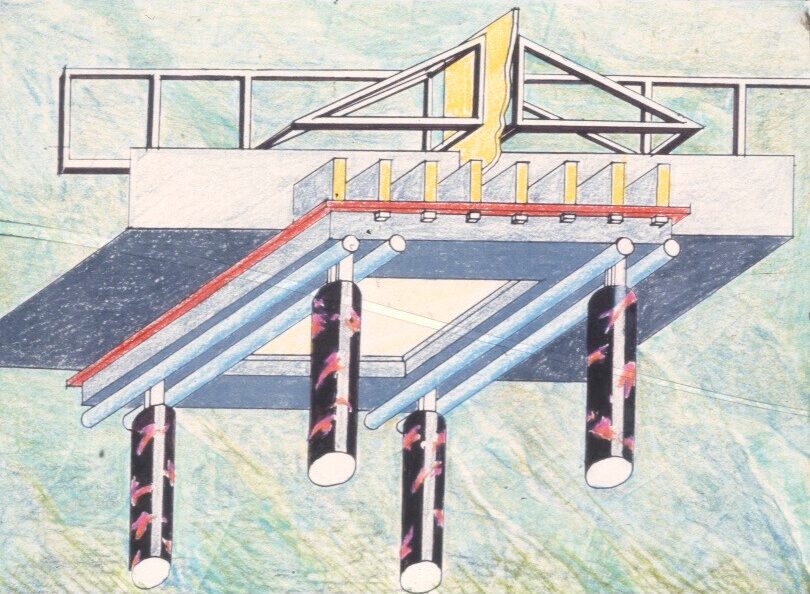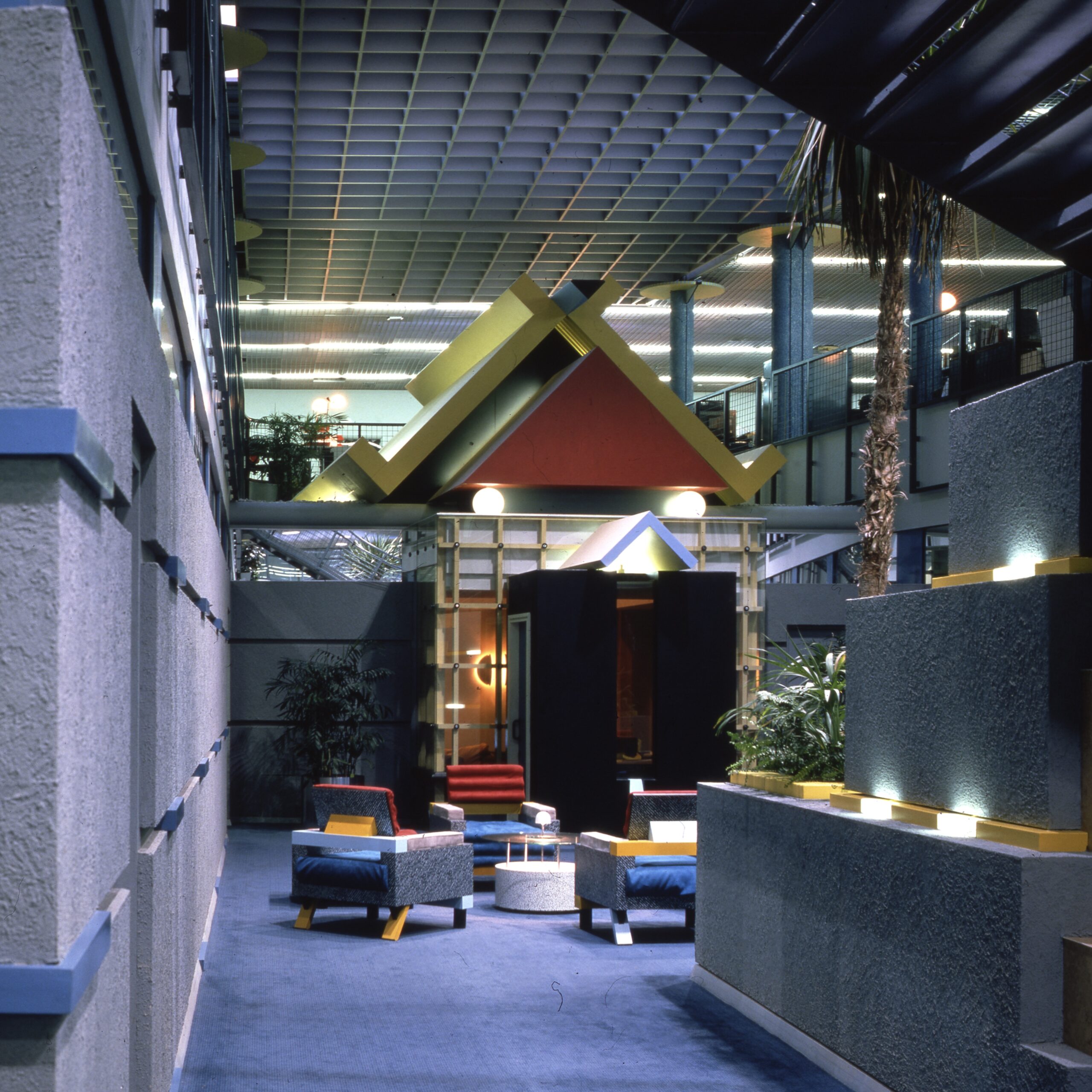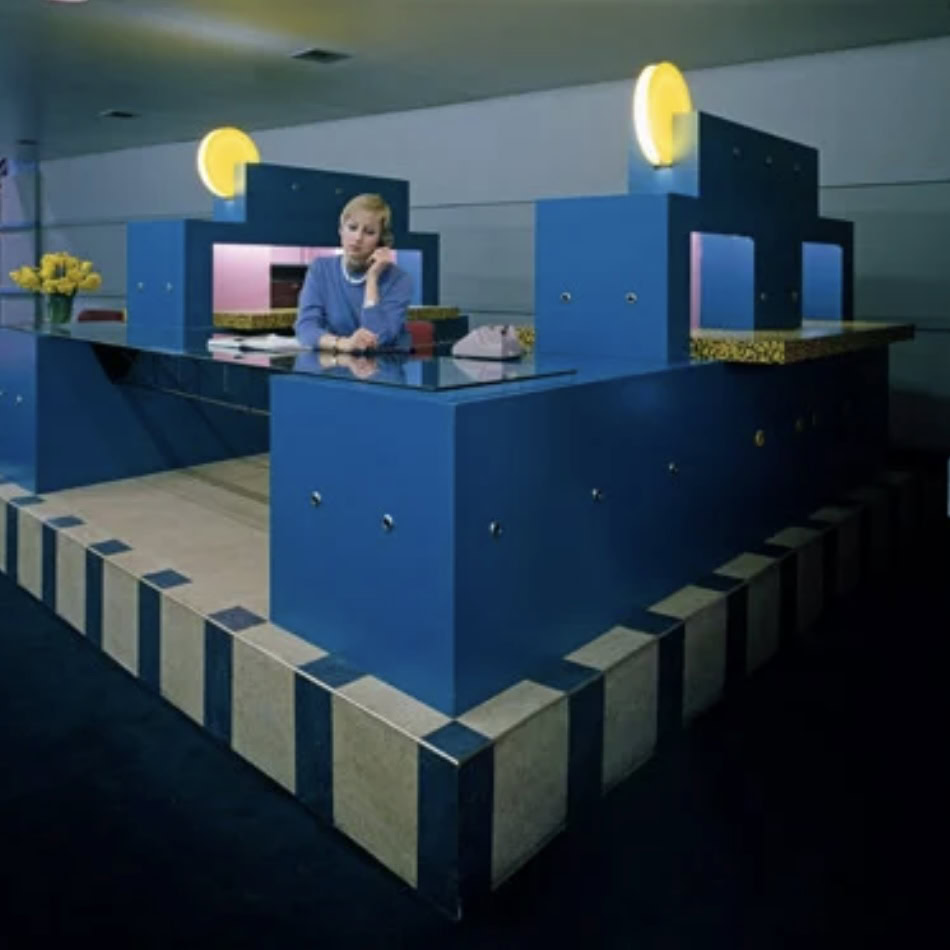
17 Sep Instead of the restrictive modernist concept of heritage, how about a postmodern one?
The recent Dezeen opinion piece, “Instead of the restrictive modernist concept of heritage, how about a postmodern one?” by Owen Hopkins, suggests an expanded framework for preserving buildings such as Terry Farrell’s 1982 TV-am studios, of which our own Clive Wilkinson was a key designer while working for Terry Ferrell in London, as a young architect. Clive’s thoughts?
“Dezeen’s publication is a lovely reminder of the halcyon days of the 80’s when the economy was soaring and everything we young architects drew got built. It would have been amazing if a ground-breaking project like TV-am had been listed and protected. So many things about it were worthy of historical note, and emblematic of a moment when the UK media embraced global culture. But what does heritage listing really bring to the utility of buildings? If the structure is conceived for the long term, listing can preserve the aesthetic embellishments and the original ‘story’ of the building and allow it to evolve within loose constraints. I was schooled at the Architectural Association in London, whose premises consisted of three 18th century neo-classical townhouses joined together. It worked because these houses employed generic plans, with simple vertical circulation, and drawing rooms could become lecture halls, and bedrooms were perfect for intimate seminar spaces. The architecture was the flexible shell allowing repurposing that delighted even Cedric Price, the great promoter of flexible space.
But what of buildings and spaces uniquely customized to their clients? TV-am was exactly that: created to support a very specific vision of what breakfast television could become for the UK, and for its workforce. The internal aspirational follies of the atrium would rapidly lose ‘global’ significance, the reception desk designed to ‘sensitively ensure eye-to-eye contact with visitors’ was a failure due to the ability to look up the receptionist’s skirt. The office space alone was flexible but caught in the orbit of an aesthetic so 1982 that by 1983 it felt dated. I was thrilled when Grace Jones selected it for a music video for MTV in 1984, but you cannot find that one in the annals of her music videos. This is the strength and failing of high fashion – anything uniquely of its time, cannot survive its time.”
Below, images of the project, along with Clive Wilkinson’s concept sketches:

